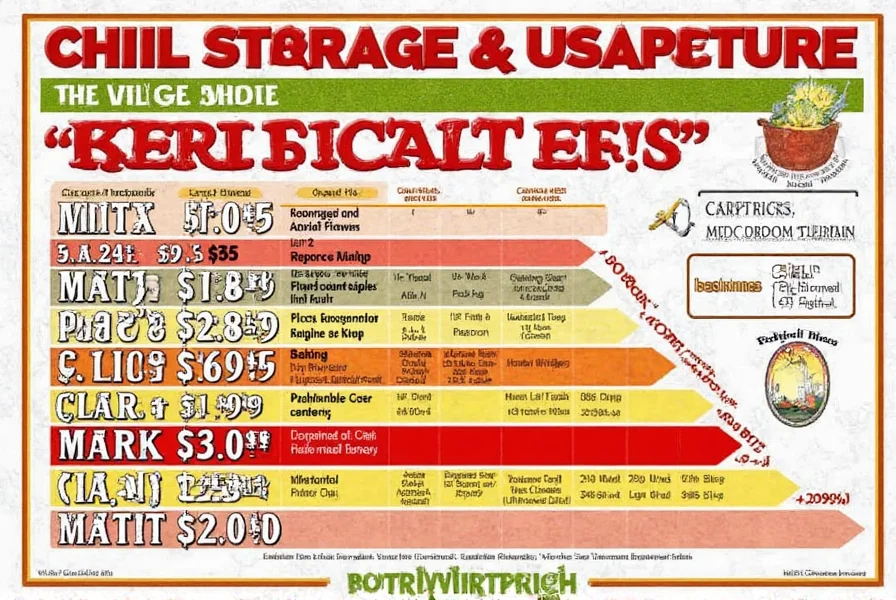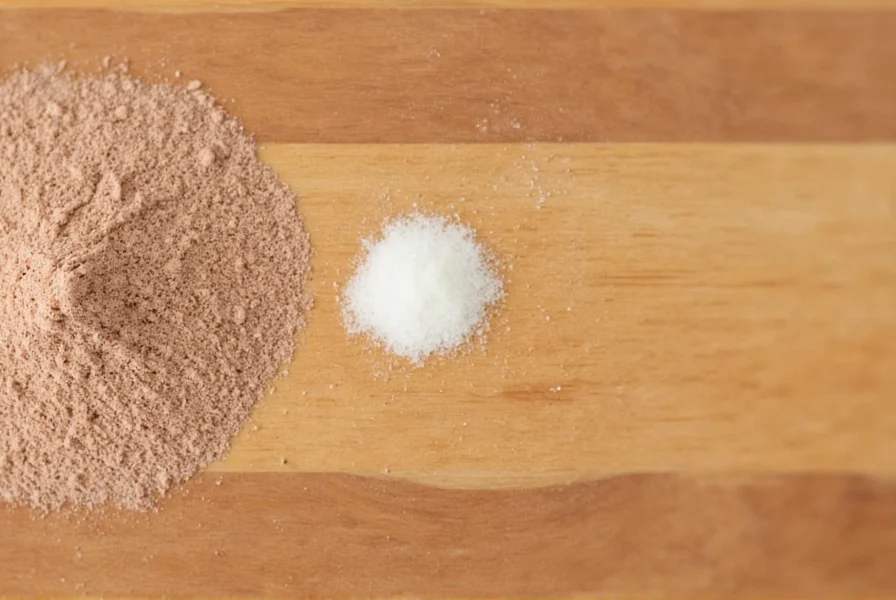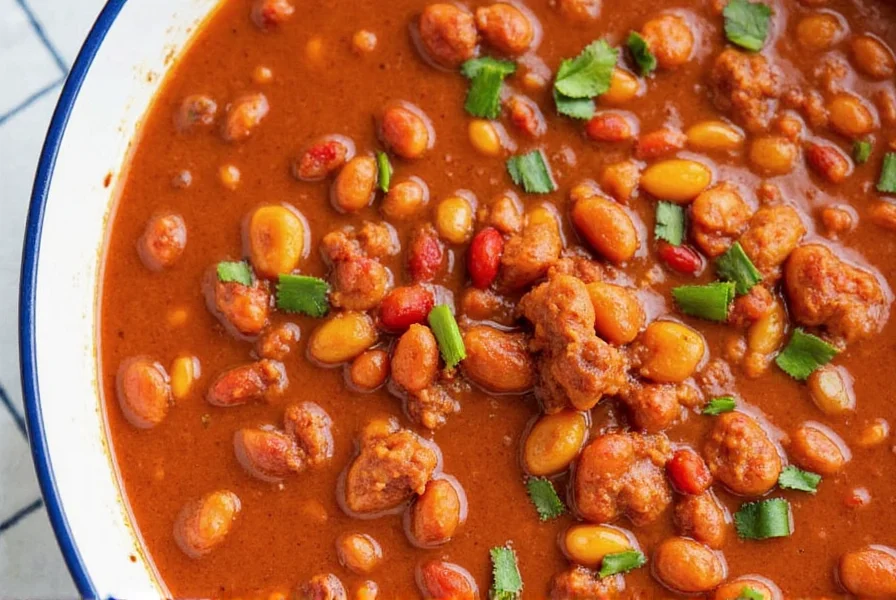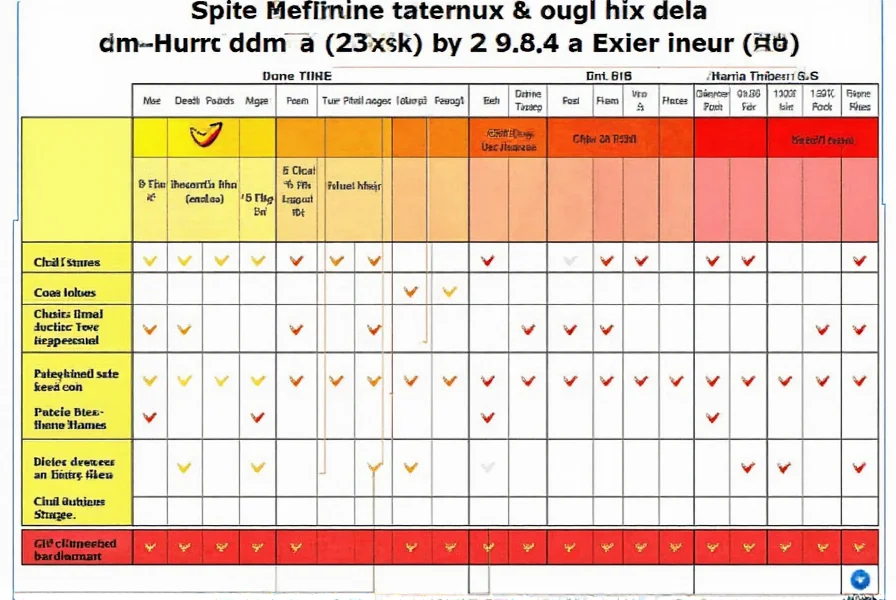Table of Contents
Introduction to Chilli Heat Charts
The chilli heat chart is a standardized reference tool that measures the pungency (spiciness) of chili peppers using the Scoville Heat Unit (SHU) scale. Developed by pharmacist Wilbur Scoville in 1912, this scale quantifies capsaicin concentration—the compound responsible for the burning sensation. Modern laboratories use high-performance liquid chromatography (HPLC) for precise measurements, but results are reported in SHU for consistency. Understanding this chart helps cooks select peppers that match their desired heat level, avoiding unexpected spiciness in dishes.
Evolution of measurement accuracy has been critical: The original organoleptic test relied on human taste panels (1912-1980s), where dilution thresholds varied by ±50% between testers. Since the 1980s, HPLC analysis has provided objective capsaicinoid quantification with <5% margin of error, while maintaining SHU conversion (1 ppm capsaicin = 15 SHU) for consumer familiarity. This transition was formalized in AOAC Official Method 995.03, ensuring global consistency in commercial labeling. AOAC International validation confirms modern SHU values reflect actual capsaicin concentrations within scientifically acceptable limits.
Understanding the Chilli Heat Chart
| Chilli Variety | Scoville Heat Units (SHU) |
|---|---|
| Poblano | 1,000 - 1,500 |
| Anaheim | 500 - 2,500 |
| Jalapeño | 2,500 - 8,000 |
| Serrano | 10,000 - 25,000 |
| Cayenne | 30,000 - 50,000 |
| Thai Chili | 50,000 - 100,000 |
| Bird's Eye Chili | 50,000 - 100,000 |
| Habanero | 100,000 - 350,000 |
| Scotch Bonnet | 100,000 - 350,000 |
| Ghost Pepper | 800,000 - 1,000,000+ |
| Carolina Reaper | 1,400,000 - 2,200,000+ |
| Measurement Era | Methodology | Practical Limitation |
|---|---|---|
| Pre-1980s | Human taste panel dilution (Scoville Organoleptic Test) | ±50% variance between testers; inconsistent for commercial use |
| Modern (1980s-present) | HPLC quantification → SHU conversion | Environmental factors cause 30-50% SHU variation within same variety |
Use this chart to navigate heat levels: Low SHU (0-2,500) for mild dishes (e.g., Poblano in chiles rellenos), Medium SHU (2,500-50,000) for balanced heat (e.g., Jalapeño in salsas), and High SHU (50,000+) for intense spice (e.g., Habanero in hot sauces). Remember that SHU values represent ranges; actual heat depends on growing conditions and pepper maturity. Crucially, the Scoville scale has contextual boundaries: It measures capsaicin concentration but cannot predict individual heat perception. Genetic differences in TRPV1 receptors mean two people may experience identical SHU peppers as mild versus extreme. Additionally, SHU values assume optimal growing conditions—field studies show New Mexico-grown Jalapeños average 8,000 SHU while California variants register 5,000 SHU due to soil composition differences (Chile Pepper Institute, New Mexico State University).

Essential Spice Storage Hacks
Proper storage preserves potency and flavor. Key tips:
- Airtight containers: Protect from moisture, light, and air to prevent degradation.
- Cool, dark place: Store in pantries away from heat sources like stoves.
- Labeling: Note pepper type and purchase date for freshness tracking.
- Freeze for longevity: Seal dry chillies in freezer bags to maintain heat for 6-12 months.

Smart Chilli Usage Hacks
Maximize flavor without overwhelming heat:
- Start small: Add minced chilli gradually; you can always increase heat.
- Remove seeds/membranes: These contain 80% of capsaicin; removing them reduces heat significantly.
- Balance with acids/sweeteners: Lime juice or honey counteracts excessive spiciness.
- Pair with dairy: Yogurt or cheese neutralizes capsaicin on the palate.

Buying Guide: Choosing the Right Chillis
Match peppers to your needs:
- For beginners: Poblano or Anaheim (mild, versatile).
- For everyday cooking: Jalapeño or Serrano (manageable heat, widely available).
- For hot sauces: Habanero or Scotch Bonnet (fruity heat, complex flavor).
- For extreme heat: Ghost Pepper or Carolina Reaper (use gloves; only for seasoned spice enthusiasts).
Check freshness: firm skin, vibrant color, no wrinkles. Opt for organic when possible to avoid pesticide residues. Consumer preference data reveals important context: A 2023 Hot Sauce Archive survey of 1,200 enthusiasts showed 63% consistently choose Habanero-level heat (50,000-100,000 SHU) for its flavor-heat balance, while only 8% regularly use peppers exceeding 1,000,000 SHU due to limited culinary versatility. Notably, 72% of respondents reported abandoning recipes when heat levels exceeded personal tolerance thresholds—demonstrating that SHU charts must align with individual physiological limits. Hot Sauce Archive Survey 2023 confirms heat preference is highly contextual to cooking experience and cultural background.

Frequently Asked Questions
What is the Scoville Heat Unit (SHU) scale and how does it work?
The Scoville Heat Unit scale measures capsaicin concentration in chili peppers. Originally tested using human taste panels, modern labs use high-performance liquid chromatography (HPLC) for accuracy. Results are converted to SHU for consumer understanding: 1 part per million capsaicin ≈ 15 Scoville units. This standardized scale helps compare heat across pepper varieties.
How can I safely handle extremely hot chillies like Ghost Peppers or Carolina Reapers?
Always wear nitrile gloves and avoid touching your face. Work in a well-ventilated area to prevent inhaling capsaicin vapors. If contact occurs, wash skin with soap and water, then apply milk or vegetable oil to dissolve capsaicin. For eye exposure, rinse immediately with cool water and seek medical help if irritation persists.
Why do some chillies taste fruity despite being extremely hot?
Hot peppers like Habaneros contain natural sugars and aromatic compounds (e.g., terpenes) that create fruity, floral, or smoky notes. Capsaicin initially masks these flavors, but as heat subsides, the complex taste profile emerges. This is why pairing hot peppers with fruit (e.g., mango in salsa) enhances the overall flavor experience.
Does cooking affect the heat level of chillies?
Yes. Brief cooking releases capsaicin, increasing perceived heat. Prolonged cooking breaks down capsaicin molecules, reducing heat over time. Acidic ingredients (tomatoes, vinegar) intensify heat perception, while dairy or sugar balances it. Drying concentrates capsaicin, making dried peppers 3-5x hotter by weight than fresh ones.
How can I reduce the heat of a dish that's become too spicy?
Add dairy (yogurt, sour cream) to bind capsaicin, or use sugar/honey for sweet-heat contrast. Starchy foods (rice, potatoes) absorb capsaicin, while fats (butter, oil) dilute it. Avoid water—it spreads capsaicin. For severe cases, add more non-spicy ingredients to dilute the dish.
Can I build a tolerance to spicy foods over time?
Yes. Regular exposure desensitizes TRPV1 receptors in your mouth and digestive system. Start with mild peppers (Jalapeño), gradually increasing heat weekly. Tolerance is temporary—cease consumption for 4-6 weeks, and sensitivity returns. Always listen to your body; pushing beyond comfort can cause digestive issues.
What's the difference between SHU and other heat measurement methods?
SHU remains the industry standard for consumer use. Modern labs use HPLC to measure capsaicinoids directly (1 ppm ≈ 15 SHU), but results are converted to Scoville units for consistency. Some regions use alternative scales (e.g., Japanese Capsaicinoid Scale), but SHU is universally recognized. The key advantage is its simplicity: translating complex chemistry into an intuitive heat scale.
Are there health benefits to eating spicy chillies?
Yes. Capsaicin has anti-inflammatory properties, may boost metabolism, and supports heart health by regulating blood pressure. Chillies are rich in vitamin C and antioxidants like beta-carotene. However, excessive consumption can cause digestive discomfort. Moderation is key—consult a doctor if you have gastrointestinal conditions or are on blood thinners.
Conclusion
Mastering the chilli heat chart empowers you to confidently select peppers for any dish. By understanding Scoville Heat Units and applying proper storage and usage techniques, you'll elevate your cooking with perfectly balanced heat. Whether you're a beginner or seasoned chef, this knowledge ensures every meal delivers the ideal spice level—never too mild, never too overwhelming. Remember that SHU values serve as scientific benchmarks, but successful application requires awareness of environmental variables, measurement evolution, and personal physiological boundaries.











 浙公网安备
33010002000092号
浙公网安备
33010002000092号 浙B2-20120091-4
浙B2-20120091-4